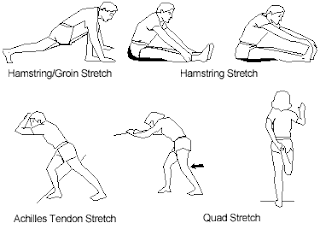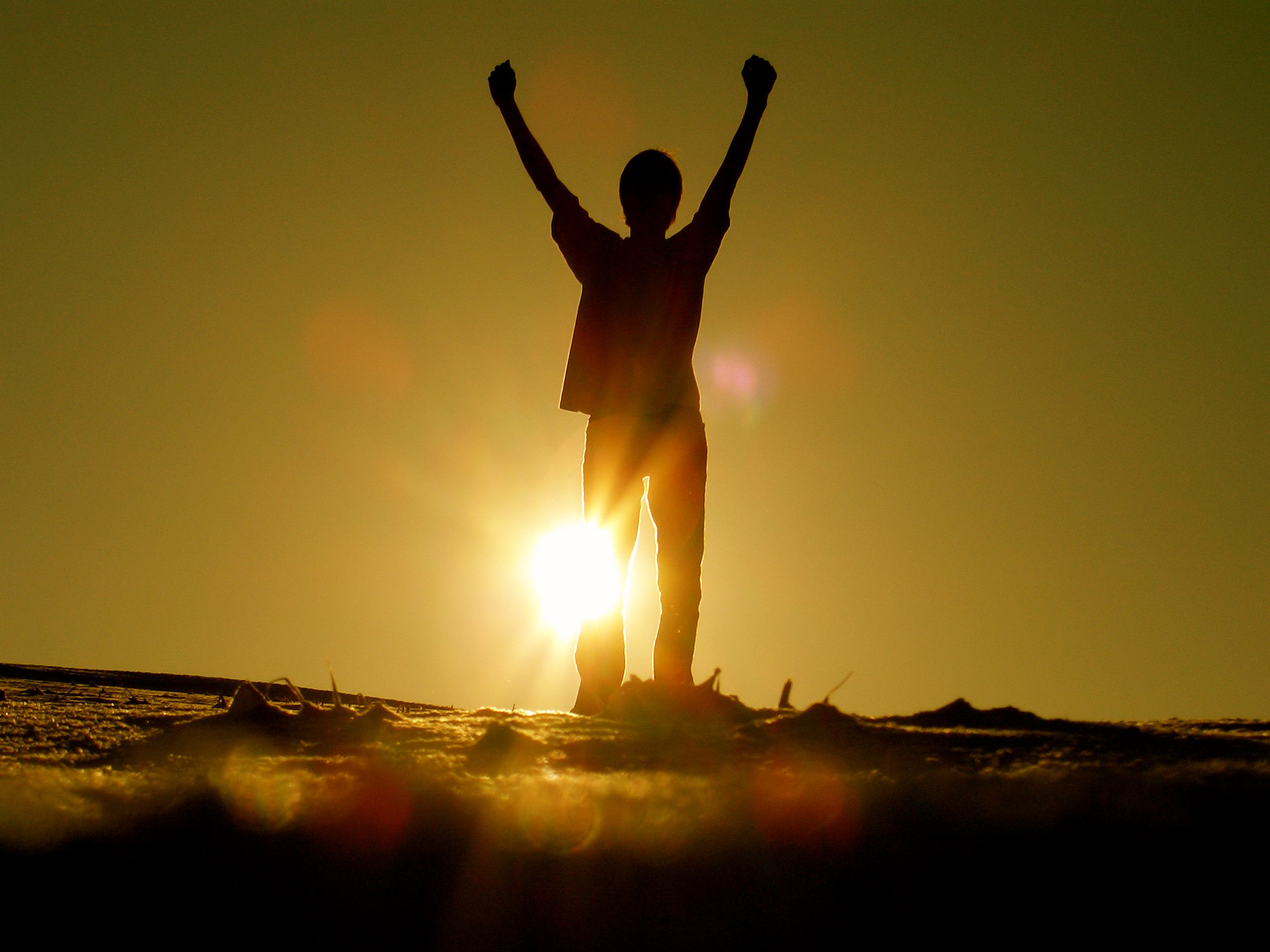There are a few things you need to think about when designing a workout program. Words like
frequency,
duration, intensity,
overload and
target heart rate come to mind. Just looking at these words may intimidate you, but I will try to make this simple.
Basically, you should ask yourself this question:
How do I know if what I am doing is doing me any good?
How often should I workout? (Frequency)
We all know too well how hard and long it seems to get into shape and how fast and easy it is to get out of shape. We also know the guy who works out once a month and says he exercises frequently.
A good rule of thumb to go by is to work out 3 - 5 days per week. Less than 3 days per week is something but not enough to reap the full benefits of exercising. More than 5 days per week may just get you too tired and possibly injured. Many people work out 6 days a week and are just fine but you aren't going to see much more benefit.
How long should I workout? (Duration)
Even a little time spent exercising is beneficial. If you can only walk for 5 or 10 minutes a couple times a day, start with that.
A good rule of thumb is to exercise 20-60 minutes per day. Start out with 20 minutes and gradually increase up to 60 minutes. Most people do not need to exercise longer than 60 minutes unless they are training for something crazy.
How hard should I workout? (Intensity)
This is the part where most people get confused. There are many ways to measure your intensity, to start just give yourself the
talk test. During exercise, you should be able to talk but not carry on a long conversation easily. If you can't talk at all you might be going a little hard. If you can talk someone’s ear off, you might not be working hard enough.
A little more sophisticated measurement would be to calculate your
target heart rate range (THRR). People who are less active would use the lower end of the range and more active people would use the higher end of the range. To figure your THRR first you need to estimate your maximal heart rate (HRmax).
HRmax = 220 - age
THRR = HRmax X .6 (lower end of range) ; THRR = HRmax X .85 (higher end of range)
Example:
I am 34 years old.
220-34= 186bpm
HRmax = 186bpm
186 X .6 = 111.6
186 X .85 =158.1
My target heart rate range (THRR) is 111-158 bpm. Since I am more active, I am going to work out closer to the 158bpm range.
During your workout count your pulse for 10 seconds and multiply that number by 6 - that should give you an idea of where your heart rate is and if you are working hard enough or if you need to slow down a little. Now one common problem I see is that people check their heart rate too often - heart rate goes down and you don't get the benefit of your workout. Just check it once in the middle of your workout - that will give you a good enough idea of where you are.
When do I increase the intensity?
I will go over this in depth next week. We have been walking now for several weeks. Boost your intensity by increasing the distance and speed you are walking. Gradually increase your distance until you can easily walk 4 miles at a brisk pace. After you have reached the 4 mile walking goal then you can think about doing an activity that is more intense such as jogging or swimming.
Overload
Too much information- but one more concept. Overload - "use it or lose it" Your body adapts very quickly. That said, you have to keep increasing your workload to keep getting the benfits. When a muscle is worked harder it becomes stronger but when the muscles work load is reduced, the gains are lost. "Use it or Lose it"





















